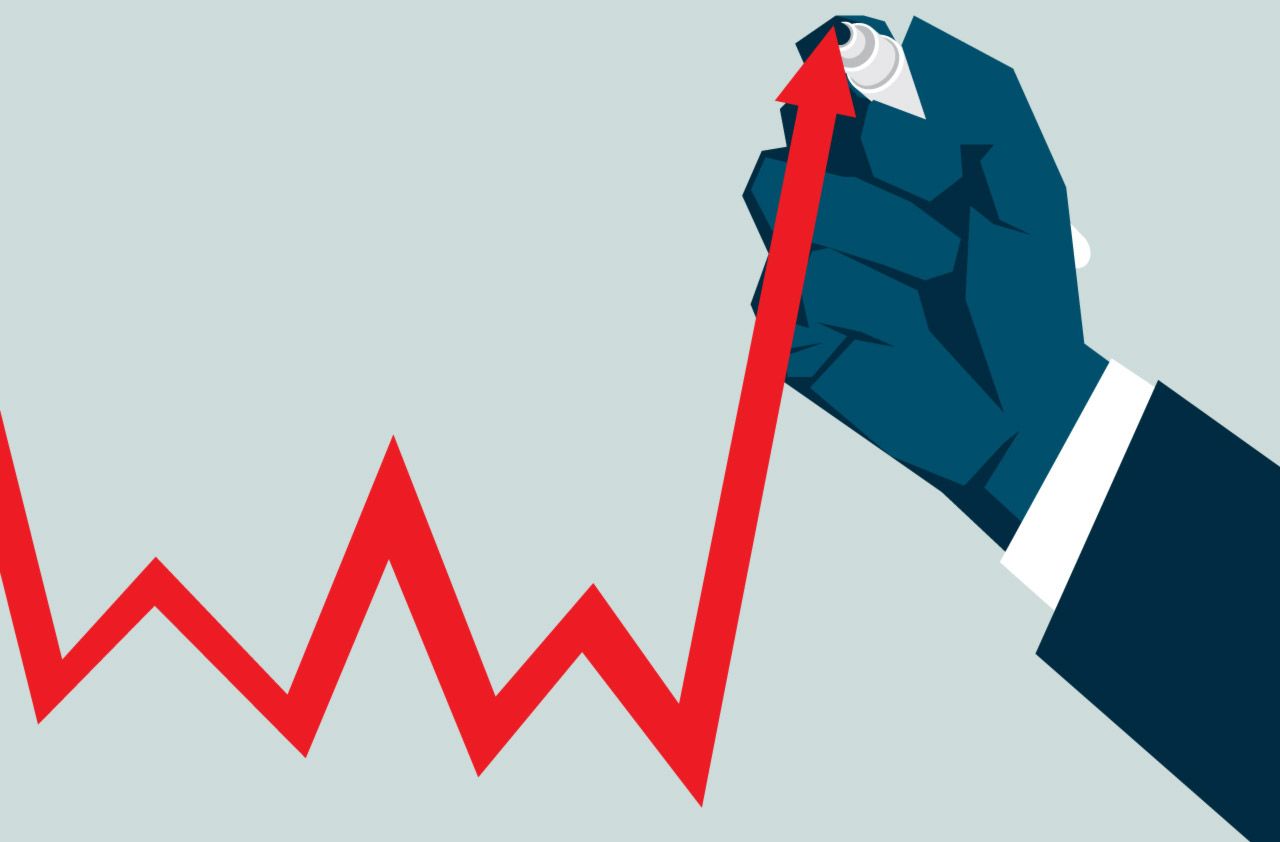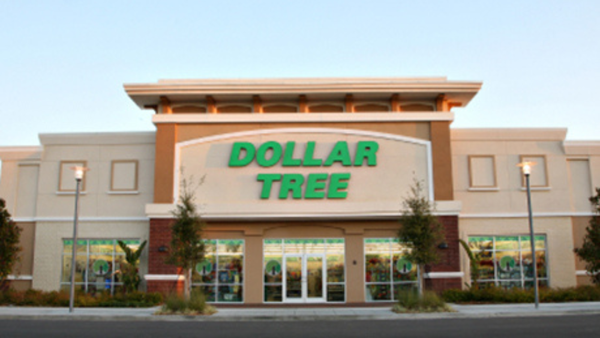
Kiplinger Economic Outlooks are written by the staff of our weekly Kiplinger Letter and are unavailable elsewhere. Click here for a free issue of The Kiplinger Letter or to subscribe for the latest trends and forecasts from our highly experienced Kiplinger Letter team.
Inflation came in slightly softer than expected, ticking up to 3.0% in September, from 2.9% in August, a smaller increase than economists were looking for. A temporary sharp slowing of shelter costs helped to offset a jump in gasoline prices. Gas prices have dropped in October, however, and will subtract from October inflation, if the government shutdown ends soon enough for it to be reported. Price increases for groceries and at restaurants eased in September. Excluding food and energy, the inflation rate edged down to 3.0%, from 3.1% in August. Excluding housing, services prices continued rising at a moderate rate. Price pressures continued for child care and haircuts. Recent jumps in airfares have been tied to pickups in jet fuel costs, but this should reverse in October.
The impact of tariffs on prices is becoming more apparent, despite having so far only a modest effect on overall inflation. Three-quarters of all goods categories saw price gains in September, up from two-thirds in August. Historically, this level has been less than half, with declines in most goods prices offsetting services inflation to a degree. Now, however, goods are adding to inflation. Quality-adjusted prices for new motor vehicles are rising at their fastest rate since 2023. It seems likely that tariff costs will become more noticeable in prices as pretariff inventories of imported goods are drawn down throughout the summer.
Expect inflation to end the year a bit higher, at 3.3%. Core inflation (excluding food and energy) should also come in at 3.3%. The government shutdown means that price data for October are not being collected, and if the shutdown continues much longer, could be skipped entirely. But the September data show that the inflation picture is changing only slowly, so the Federal Reserve and analysts will assume a continuing trend of about 3%.
Inflation is still high in the eyes of the Federal Reserve, but suspected weakness in the labor market should lead the Fed to cut interest rates at its next policy meeting on October 29, and again on December 10. The Fed will be closely following the effects of tariffs on inflation over the next several months, but it should regard this as temporary. Unless a sustained pickup in inflation momentum occurs, the Fed will continue to prioritize boosting the economy.
While the headlines focus on the Consumer Price Index, note that the Fed’s goal of 2% inflation is based on a different measure, called the personal consumption expenditures deflator, not the CPI. The PCE deflator excluding food and energy is forecast to have risen at a 2.9% rate for the 12 months ending in August, the latest data available, compared with the core CPI’s 3.1% number. That’s still well above the Fed’s target for 2% inflation over the long term.







